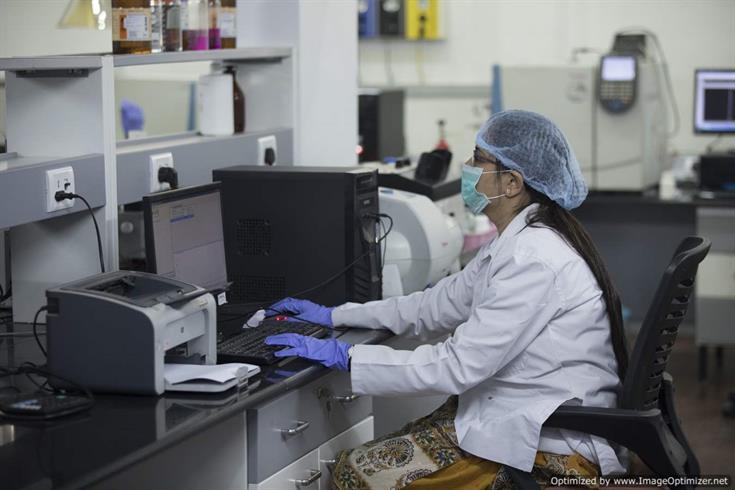Energy efficiency
and sustainability are two indispensable factors driving the transition from
the present fossil fuel–based economy to a circular economy. A circular economy
is a renewable circular sustainable fuel utilization cycle that will characterize
the highly efficient engineering technological choices of the 21st century. The
world is presently experiencing the dawning of hydrogen energy in all sectors,
including energy production, storage, and distribution; electricity, heat, and
cooling for buildings and households; the industry; transportation; and the
fabrication of feedstock. Hydrogen energy end-use technologies are not yet
mature, unlike conventional technologies. However, they offer potentially
significant advantages in terms of low or zero emissions and flexibility in
fuel sources.
More than half of
the world’s population lives in areas with high levels of air pollution,
negatively affecting public health. The chief causes are nitrogen oxides and
hydrocarbons. Hydrogen-powered vehicles emit none of these but only H2O and
warm air. It can be seen as a long-term replacement for hydrocarbon fuel for
air and land transportation and comes with a per-unit-weight-advantage over
gasoline and other fuels.
Thermal processes
for hydrogen production typically involve steam reforming, a high-temperature
process in which steam reacts with a hydrocarbon fuel to produce hydrogen. Many
hydrocarbon fuels can be reformed to produce hydrogen, including natural gas,
diesel, renewable liquid fuels, gasified coal, or gasified biomass. Today,
about 95% of all hydrogen is produced from steam reforming of natural gas.
Solar-driven processes use light as the agent for hydrogen production.
Photobiological processes use the photosynthetic activity of bacteria and green
algae to produce hydrogen. Photoelectrochemical processes use specialized
semiconductors to separate water into hydrogen and oxygen. Solar thermochemical
hydrogen production uses concentrated solar power to drive water splitting
reactions, often along with other species such as metal oxides. Biological
processes use microbes such as bacteria and microalgae and can produce hydrogen
through biological reactions. In microbial biomass conversion, the microbes
break down organic matter like biomass or wastewater to produce hydrogen, while
in photobiological processes the microbes use sunlight as the energy source.
Over the long
term, hydrogen energy will be used in many everyday situations, and hydrogen
energy technologies will replace many conventional technologies. The economics
of such hydrogen technologies will improve as they enter widespread use, and
the added value of low pollution should further enhance the value of such
systems.
Darshini
Shah





